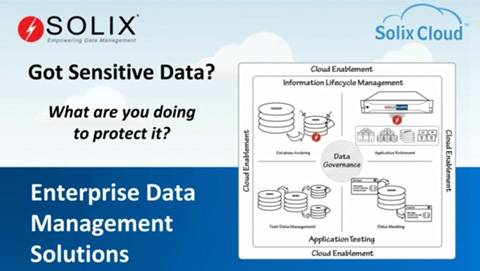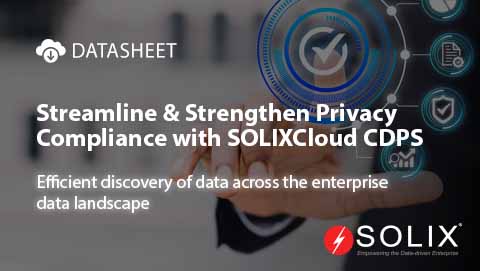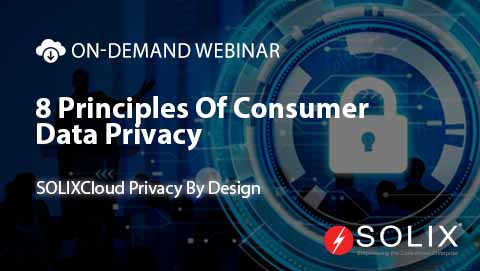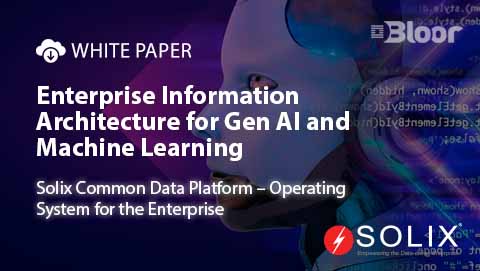Data Ingestion
What is Data Ingestion?
Data ingestion is the essential first step in transforming raw data into actionable insights. It involves actively collecting and transferring data from various sources, like databases and APIs, to a central storage system. This process empowers businesses to harness the true potential of their data, ultimately driving better decision-making, improved operations, and valuable discoveries.
Key Components of Data Ingestion
- Source Systems:
This is where your data originates. It can come from internal databases, external applications, log files, and APIs. The variety of sources creates a rich mix of data formats and types.
- Data Processing:
Raw data often needs some TLC before it can be used effectively. During ingestion, data is cleansed, transformed, and enriched to ensure its quality and compatibility with the target system. This step is critical for maintaining data accuracy and consistency.
- Target System:
This is the final destination for your ingested data, ready for further processing and analysis. The target system could be a data warehouse, a database, or any storage solution that aligns with your organization’s data architecture.
Methods of Data Ingestion:
- Batch Processing:
This method involves collecting and processing data in predefined intervals, like daily or hourly batches. It’s ideal for situations where real-time data isn’t crucial, and larger volumes can be processed efficiently.
- Real-time Processing:
This approach continuously collects and processes data as it’s generated. Real-time ingestion is essential for applications that require immediate access to up-to-date information, such as financial transactions or monitoring systems. Change Data Capture (CDC) is a technique used in real-time processing, where changes made to a database are captured and delivered instantly to downstream systems.
Understanding differences between Data ingestion and Data Integration
Data ingestion is often confused with data integration. While they are related, they represent distinct steps in the data management process. Data ingestion focuses on moving the raw data from its source to a new location. Data integration, on the other hand, involves transforming and combining data from multiple sources before it’s used for analysis. ETL (Extract, Transform, Load) is a common data integration technique.





